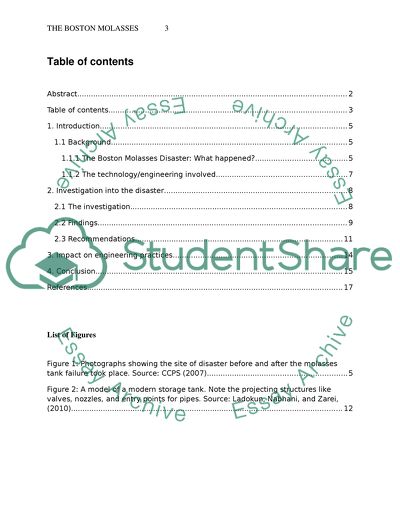Cite this document
(“The Boston Molasses Disaster Essay Example | Topics and Well Written Essays - 2500 words”, n.d.)
The Boston Molasses Disaster Essay Example | Topics and Well Written Essays - 2500 words. Retrieved from https://studentshare.org/engineering-and-construction/1487524-the-boston-molasses-disaster
The Boston Molasses Disaster Essay Example | Topics and Well Written Essays - 2500 words. Retrieved from https://studentshare.org/engineering-and-construction/1487524-the-boston-molasses-disaster
(The Boston Molasses Disaster Essay Example | Topics and Well Written Essays - 2500 Words)
The Boston Molasses Disaster Essay Example | Topics and Well Written Essays - 2500 Words. https://studentshare.org/engineering-and-construction/1487524-the-boston-molasses-disaster.
The Boston Molasses Disaster Essay Example | Topics and Well Written Essays - 2500 Words. https://studentshare.org/engineering-and-construction/1487524-the-boston-molasses-disaster.
“The Boston Molasses Disaster Essay Example | Topics and Well Written Essays - 2500 Words”, n.d. https://studentshare.org/engineering-and-construction/1487524-the-boston-molasses-disaster.


